Search Images
Browse Content (p. 1273)

Image
Torii, Fushimi Inari Shrine
The Fushimi Inari Shrine near Kyoto (Heiankyo) is the largest and most important shrine dedicated to Inari, the Shinto god of rice and prosperity. It is famous for the large number of red gates (torii) at the site. The shrine was founded...

Image
King Arthur, French Tapestry
Tapestry depicting King Arthur.
wool warp, wool wefts
France or South Lowlands
c. 1400-1410 CE
Taken at Fort Tryon Park, Manhattan, on a trip to The Cloisters.
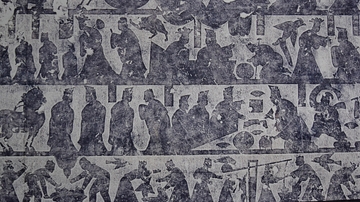
Image
A Scene from the Wu Family Shrines
This is a rubbing of a scene found in the Wu family shrines which depicts King Wen, founder of the Zhou Dynasty, lasting from 1046 to 256 BCE. Currently, it is a part of the Cyrus Tang Hall of China exhibition at the Field Museum in Chicago...
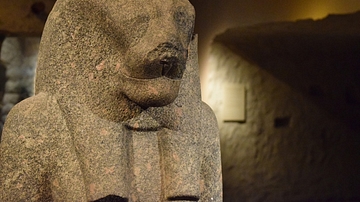
Image
Statue of Sekhmet
A granite statue of the ancient Egyptian goddess Sekhmet which dates to the Third Intermediate Period, 1069 to 656 BCE. On display in the Ancient Egypt exhibit at the Field Museum in Chicago, Illinois, USA.
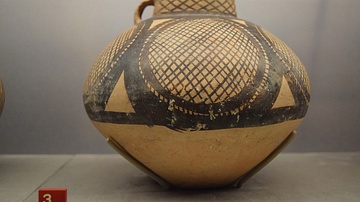
Image
Majiayao Chinese Pottery
This is a single-loop-handled pot from the Gansu Province of China; it dates back to the Majiayao Period, circa 3400 to 2000 BCE. Cyrus Tang Hall of China exhibit in the Field Museum in Chicago, Illinois, USA.

Image
To-ji Pagoda, Kyoto
The five-storey pagoda of the To-ji temple, Kyoto (Heiankyo), Japan. Originally built in 826 CE, it was last restored in 1644 CE.
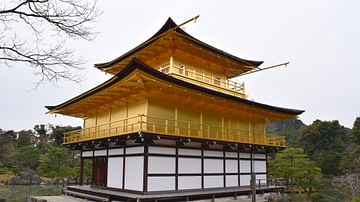
Image
Golden Pavilion, Kinkaku-ji
The Golden Pavilion, Kinkaku-ji temple, Kyoto, Japan. The top two stories are gilded with gold leaf both outside and inside. Founded in 1397 CE, the Buddhist temple was destroyed by fire and rebuilt in 1955 CE.
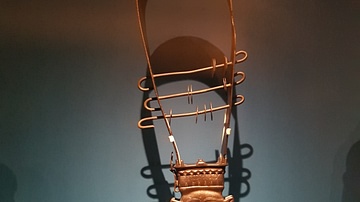
Image
Egyptian Bronze Sistrum
Egyptian bronze sistrum. Late Period, 664-332 BCE. Thebes, Egypt. From The British Museum, (photo taken at The Powerhouse Museum, Sydney, Australia) This sistrum is decorated with incised scenes, including the goddess Hathor with bovine...
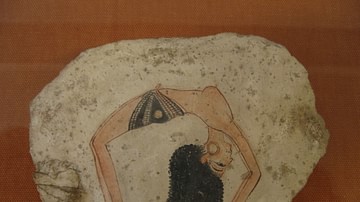
Image
Egyptian Dancer
Ostracon depicting an Egyptian dancer, found at Deir el-Medina. New Kingdom of Egypt, 19th or 20th Dynasties, (c. 1200 BCE).
Egyptian Museum, Turin.
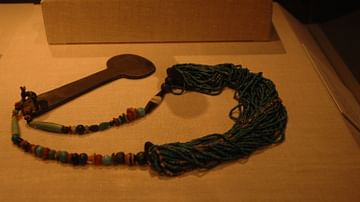
Image
Menit Necklace
18th Dynasty, reign of Amenhotep III (c. 1390-1352 BCE)
Bronze or copper alloy, faience, glass, agate, carnelian, lapis lazuli, turquoise
Metropolitan Museum of Art